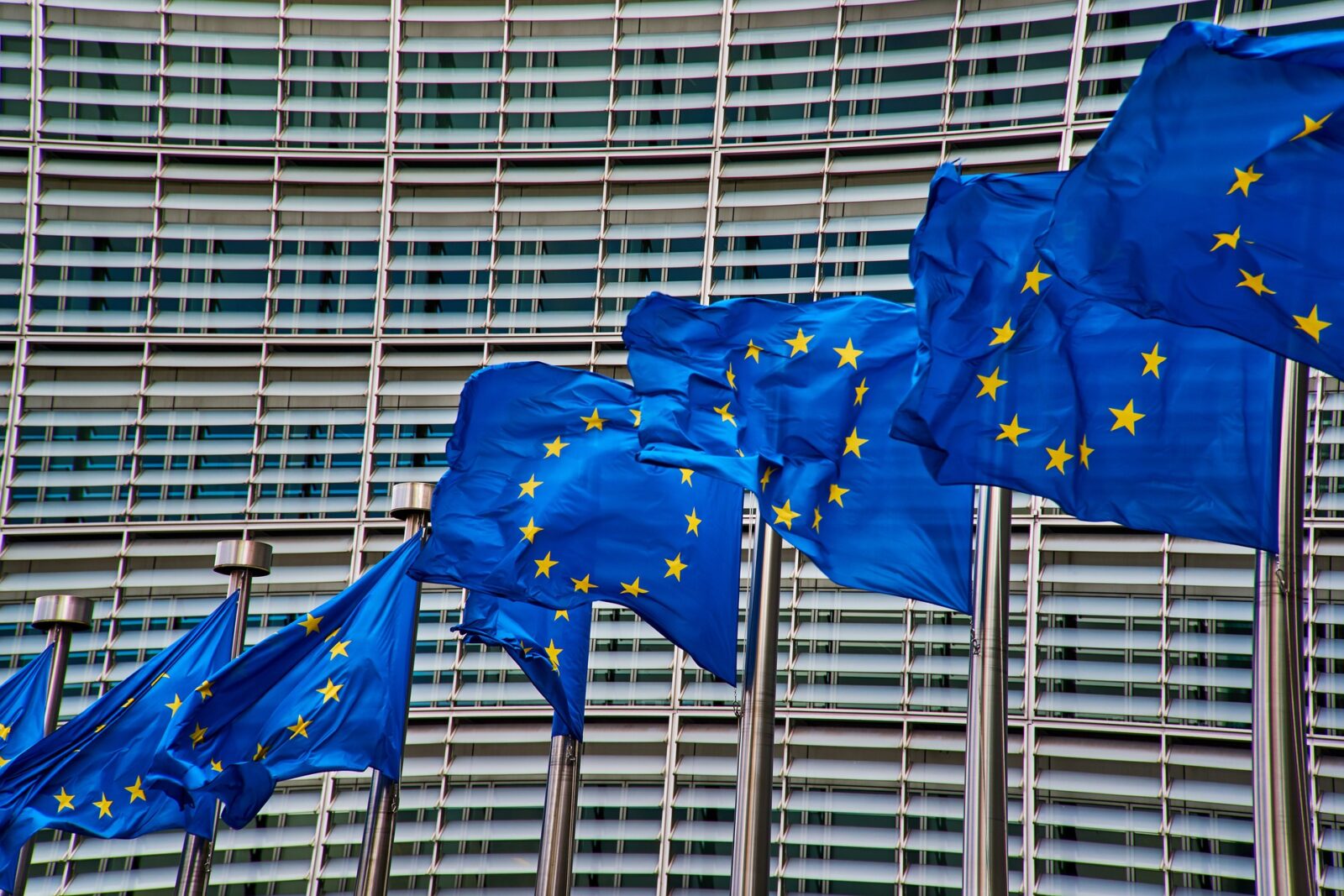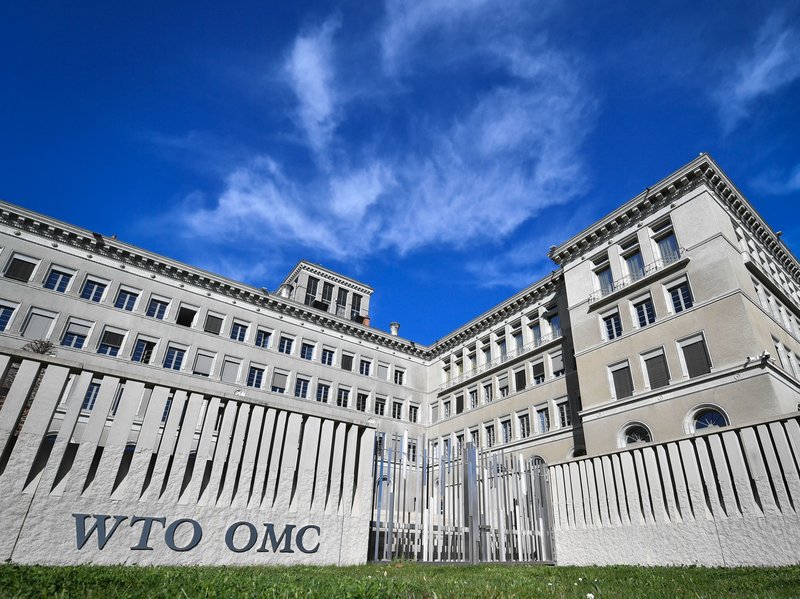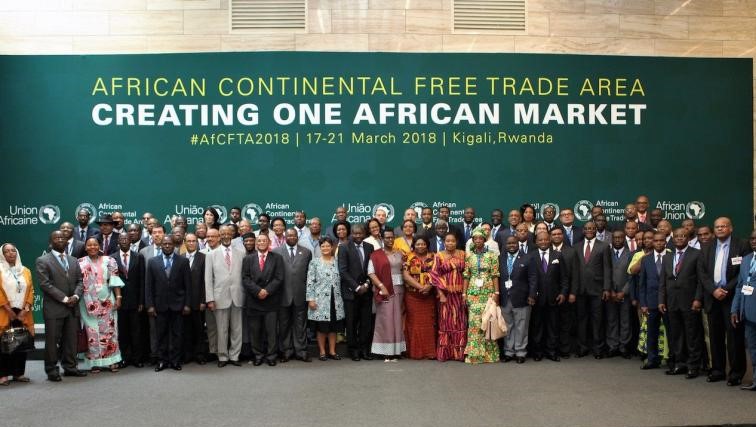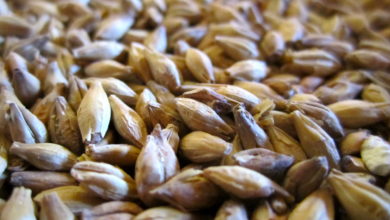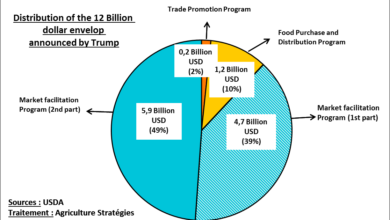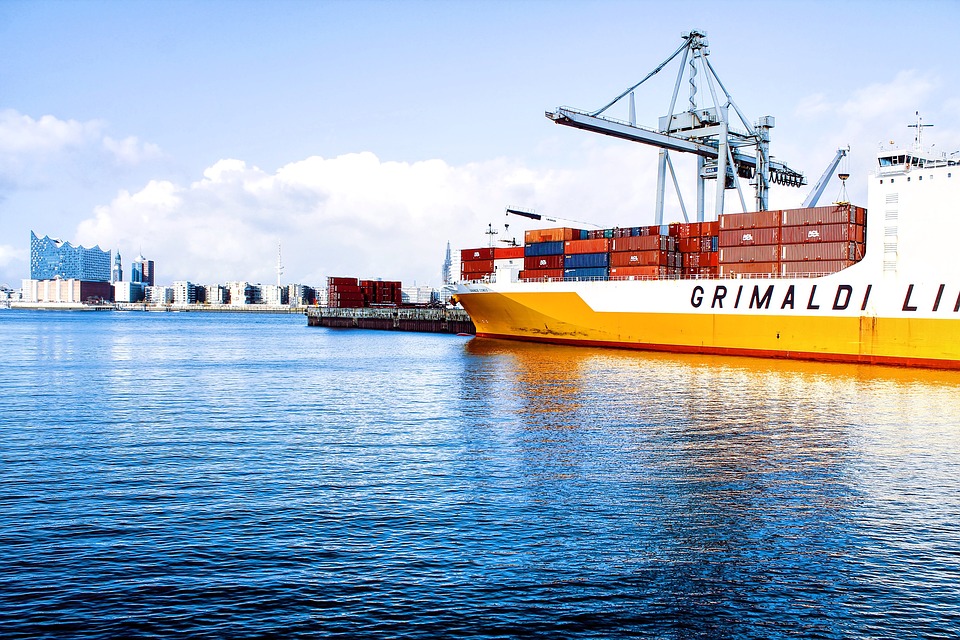
The highly influential British think tank Chatham House––the Royal Institute of International Affairs––recently published a quite innovative paper on food security that combines the geopolitics and logistics of international trade under the title “Chokepoints and Vulnerabilities in Global Food Trade”1.
Based on an analysis of territories and flows of goods, 14 international trade chokepoints were recognized as major issues for trade consistency and global food security. In addition to maritime channels such as the Panama Canal, the Malacca Strait and the Bosporus Strait, we can also find land routes by rail or road as well as port areas. These transit zones for agricultural goods are all the more sensitive since they are exposed to various risks––storms and floods, disputes, piracy, political instability, organized crime and terrorism––that threaten their good performance. In addition, some of these chokepoints are also at risk of obsolescence due to a lack of adequate investment, especially in Russia, Ukraine, Brazil and the United States.
The authors of the paper note that the systemic significance of these crossing points is ignored in the international forums dealing with global food security and in most countries. China might be the key exception to this neglect: The Belt and Road Initiative (or the New Silk Road) is an example, as are the Chinese investments in Brazil for road infrastructures and the $60 billion mammoth rail proposal to link the Atlantic and the Pacific through Brazil and Peru. The Kra Canal project, which would ease congestion in the Malacca Strait by digging through the Malaysian Peninsula to the south of Thailand, also illustrates this awareness.
Drawing on a challenging parallel with oil, the paper calls for a better understanding of the vulnerability of international trade of agricultural goods to truly help develop international cooperation in these issues. Indeed, it is recalled that the International Energy Agency, which groups the major oil-consuming countries, operates with a common strategy to limit their exposure to supply breakdowns. Envisioned by Henry Kissinger in 1974 and actually implemented in 1978, its member countries must commit to stockpile a 90-day oil consumption reserve on their territory.
Underlining the progress of the G20 in 2011 with the creation of the Agricultural Market Information System (AMIS) as a tool to improve cooperation in agricultural issues between the major world economies, the authors recommend going further, especially regarding stockpiling capabilities. Taking as an example the ASEAN+3 whereby key South East Asian nations have partially pooled their strategic rice reserves, the writers also appeal to the responsibility of exporting countries to maintain adequate stockpiling capacities to supply their regular customers, and thus improve mutual trust. By also involving the private sector, the idea would be to outsource stockpiling operations through agreements outlining preferential access rights and predefined price conditions.
Other challenging facts are also introduced in the wide problematics of international cooperation for world food security. The extremely high concentration of firms in international grain trade is also mentioned. Production specialization, which entails relying on a small number of producing areas, is also raised as a cause of vulnerability, as is the implementation of cooperation for the flexibility of biofuel policies.
At odds with the disembodied views of international trade often encountered, this paper provides a quite pertinent analysis and outlook of the geostrategic issues concerning world food security. While the drop in international prices has more than begun, and China alone accounts for close to half of the global end of harvest grain reserves, it is now crucial to reopen the topic of cooperation in infrastructures, including stockpiling organizations.
1 https://www.chathamhouse.org/publication/chokepoints-vulnerabilities-global-food-trade




